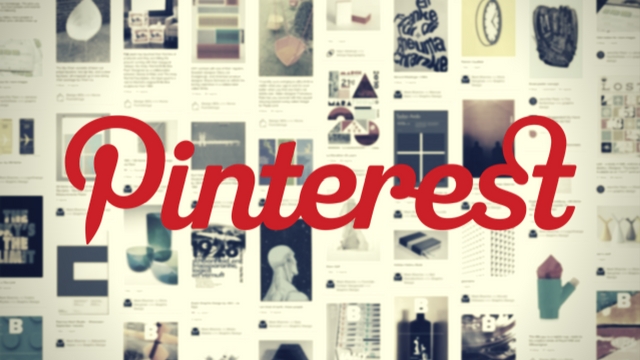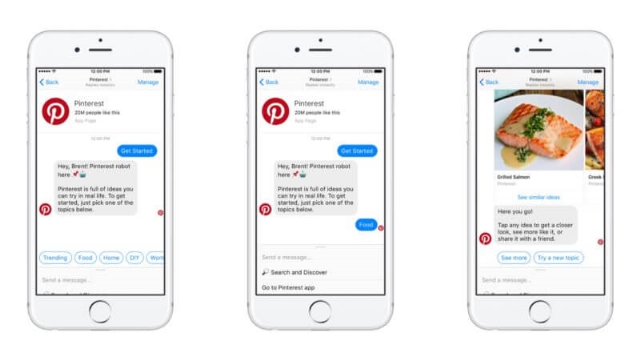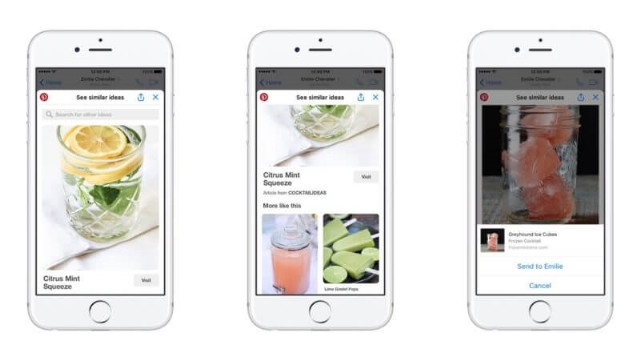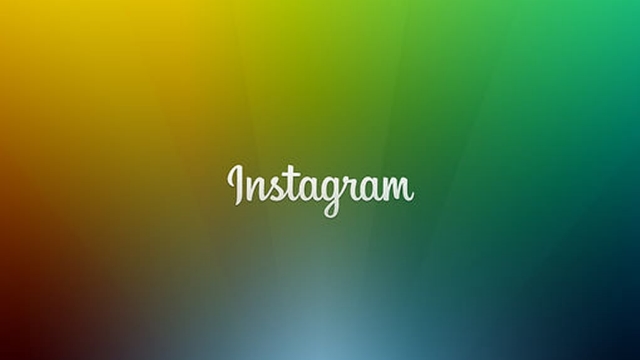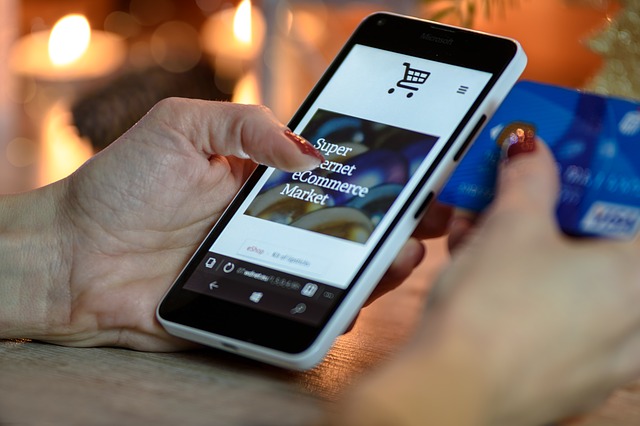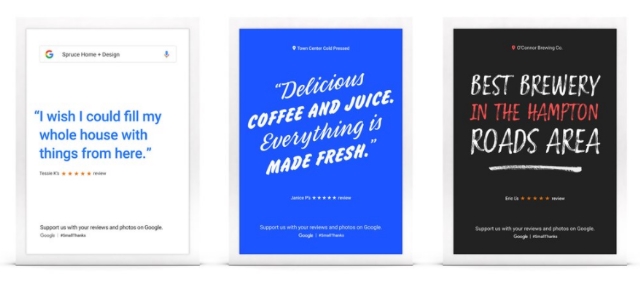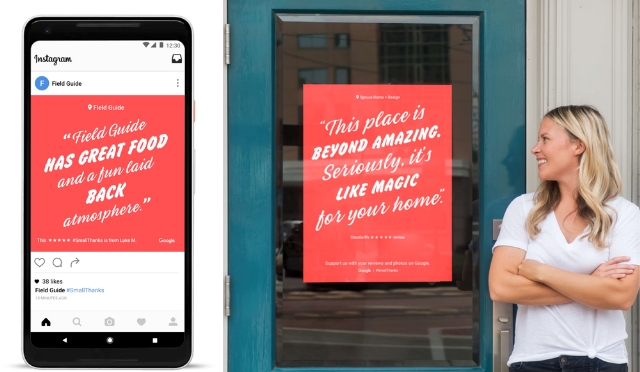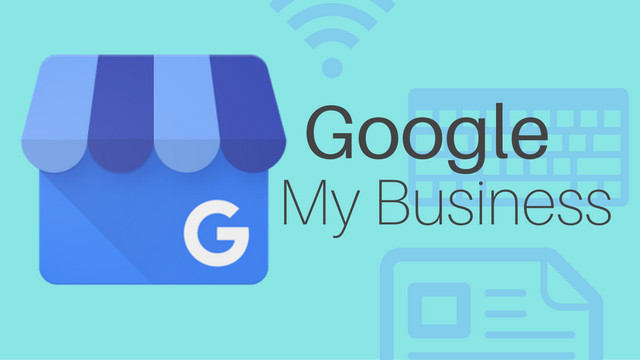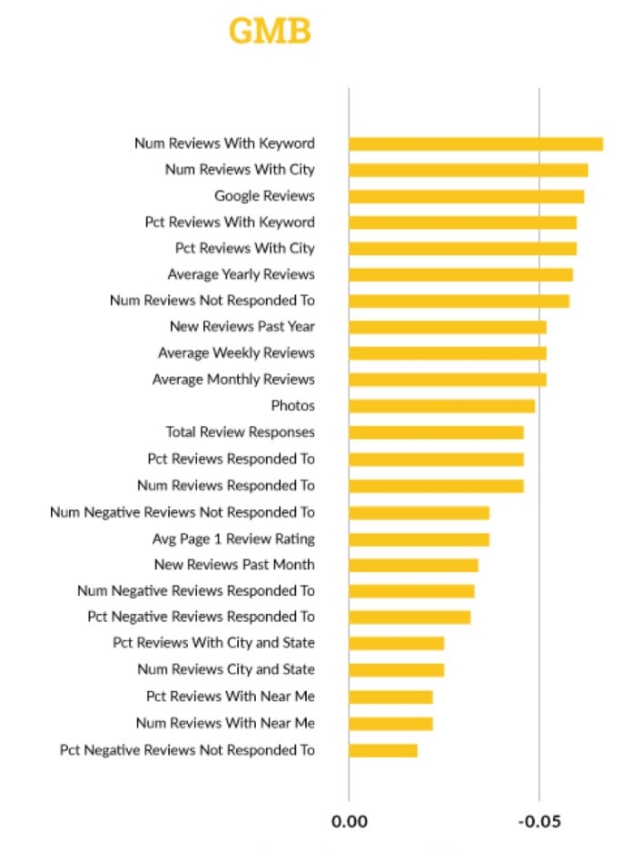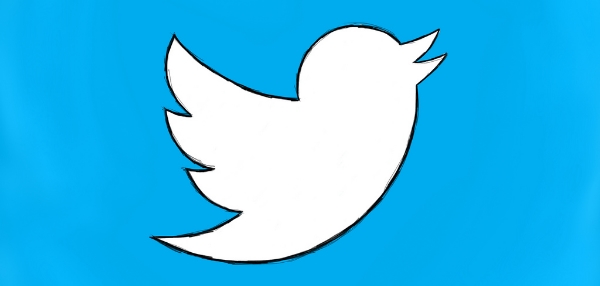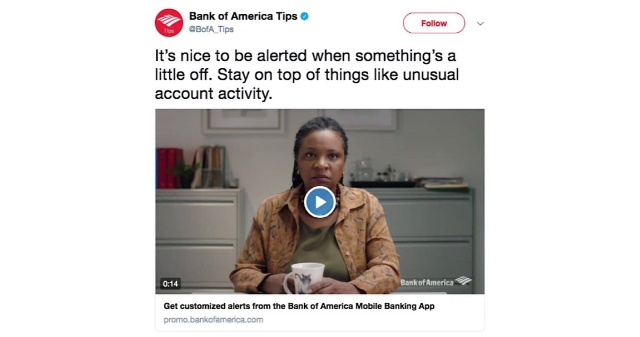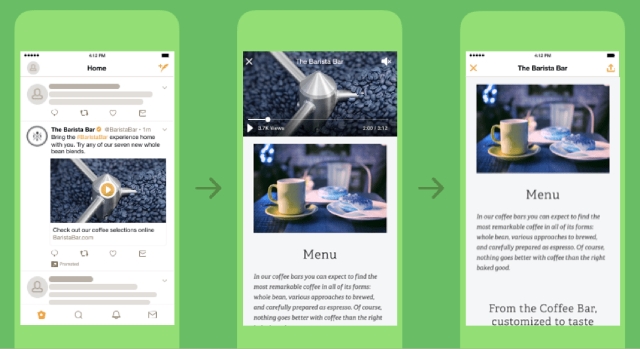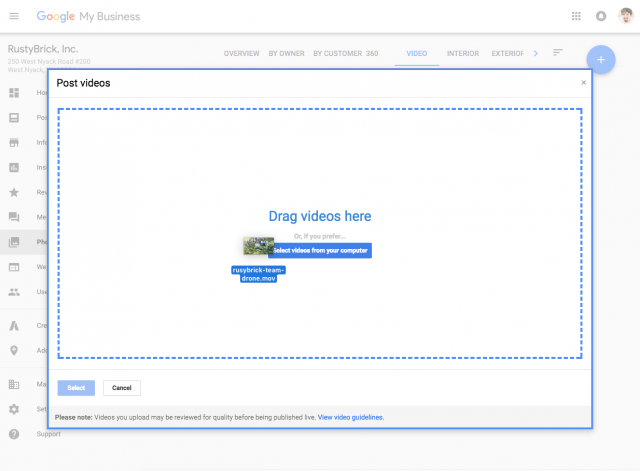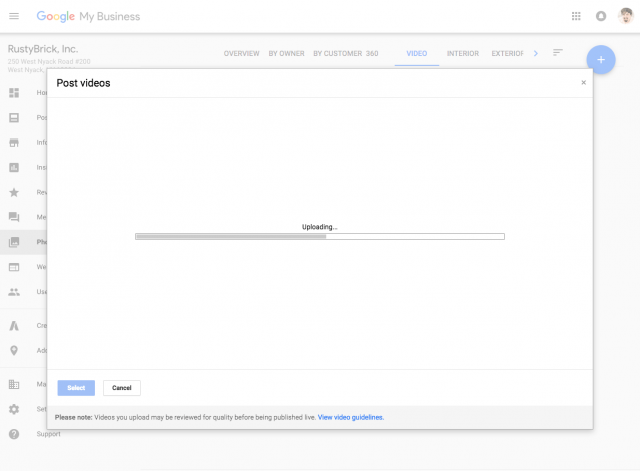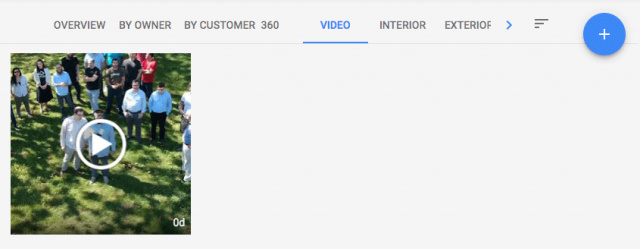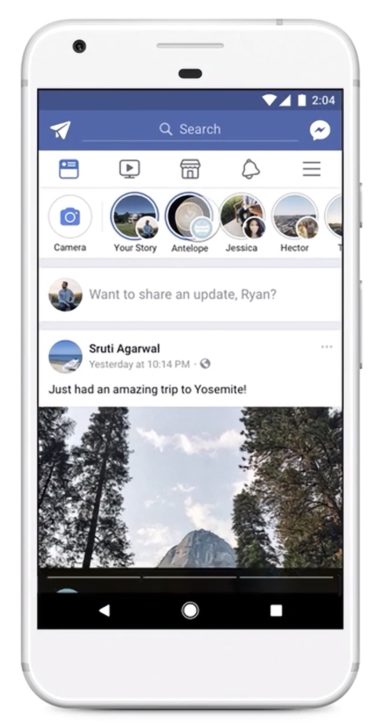
Tweetstorms have grown from a user-initiated trick to get past Twitter’s original 140-character limit into a legitimate feature this week, as Twitter launches a new feature to combine tweets into a longer statement.
In a blog post, the company says the ability to tie tweets into what they are calling a “thread” will be rolling out to all Twitter users “in the coming weeks.”
We’re introducing an easier way to Tweet a thread! ? pic.twitter.com/L1HBgShiBR
— Twitter (@Twitter) December 12, 2017
Since the launch of Twitter, it has been tradition for users to reply to their own tweets to expand on what they want to say. Often, these tweets and replies will be labeled with numbers to make it clear what order to read them in.
Now, Twitter is simplifying the process with a “+” button which lets them continue their thought in a thread. The process can be repeated to make threads as long as users need (up to 25 threads). People will also be able to add tweets to new threads.
Thanks to the new feature, the way tweetstorms or threads are shown in people’s feeds will also be changing. Instead of scrolling through the list of tweets in replies, users can simply click a “show this tread” label to expand the full set of tweets.
The decision to launch the thread feature now is an interesting one. The company has already expanded the maximum length of tweets to allow users to fit more in at a time. With the latest move, Twitter has made it clear that brevity is quickly falling down their list of priorities in favor of more complex conversations.

